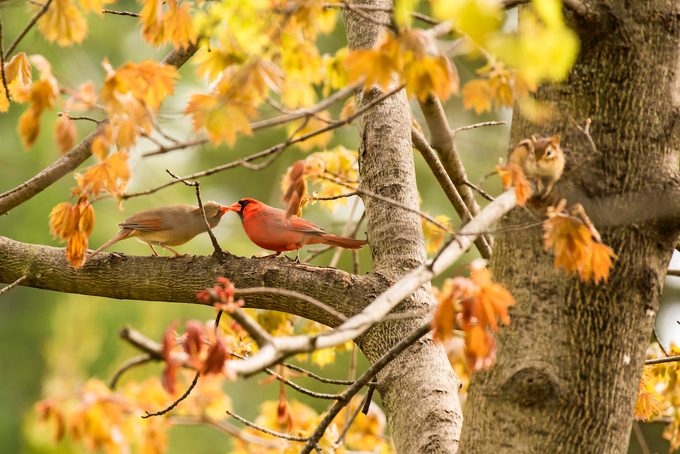
When it comes to looks in the birding world, males definitely steal the show. Though some pairs—American robins, house wrens and blue jays, for instance—look alike, most male birds outshine their female counterparts with bright, beautiful plumage. But don’t let the female’s drabness fool you. She’s the one that makes all the important decisions when it comes to bird mating. In short, she’s the boss!
Female Robins Take Charge
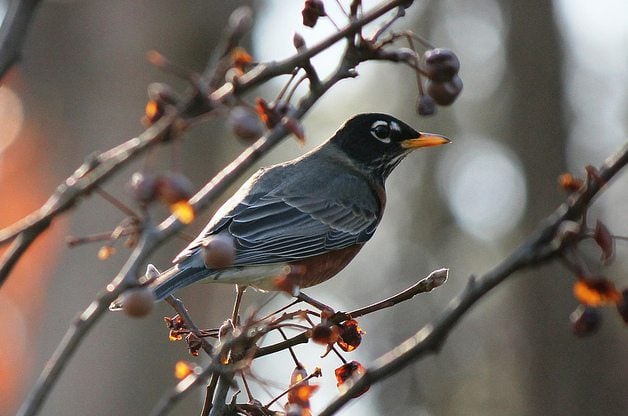
There’s no doubt that female birds take the lead, especially during bird mating and nesting season. This is true of nearly every backyard bird species, from rose-breasted grosbeaks to northern cardinals, scarlet tanagers and Baltimore orioles. Even with bird pairs that look alike, females still reign. To understand just how much power the female birds have, let’s take a look at the mating behavior of the American robin.
Come spring, the male robins arrive on the breeding grounds in our backyards ahead of females. They establish a territory of less than an acre by singing and fighting off competing males. The oldest and handsomest males with the best songs usually get the best territory, with ample nesting sites and an abundance of food and cover. After about a week of fierce territorial defense, each male robin knows exactly where the invisible lines are between his area and those around him. Any straying over the line is met with immediate and vicious retaliation.
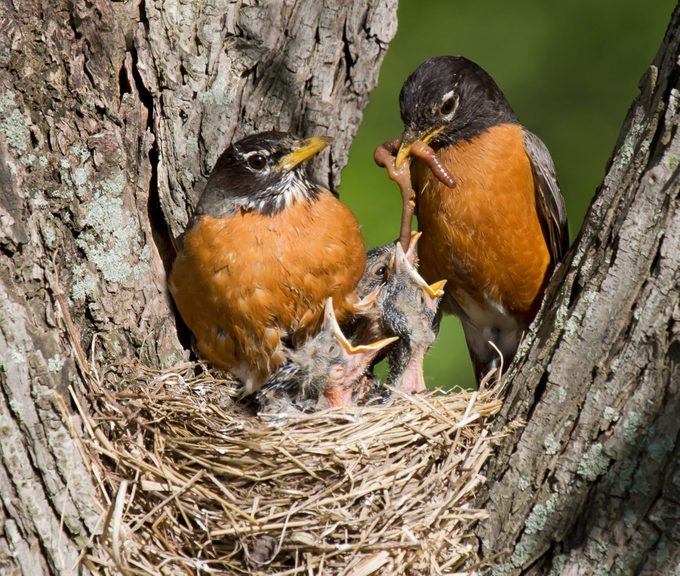
Before two weeks pass, female birds start to arrive. They are searching for mates but are very particular about which males they choose. As soon as a female chooses a mate, she joins him in defense of the domain. She, too, fights off intruders, especially females that are after her mate and his territory.
For alpha females—those that are oldest, wisest and most aggressive—the ideal males are the ones with the best nesting territory, the handsomest plumage and the finest song. When an alpha female selects an alpha male, the best genes are passed on to the next generation.
Bird Mating: House Wrens
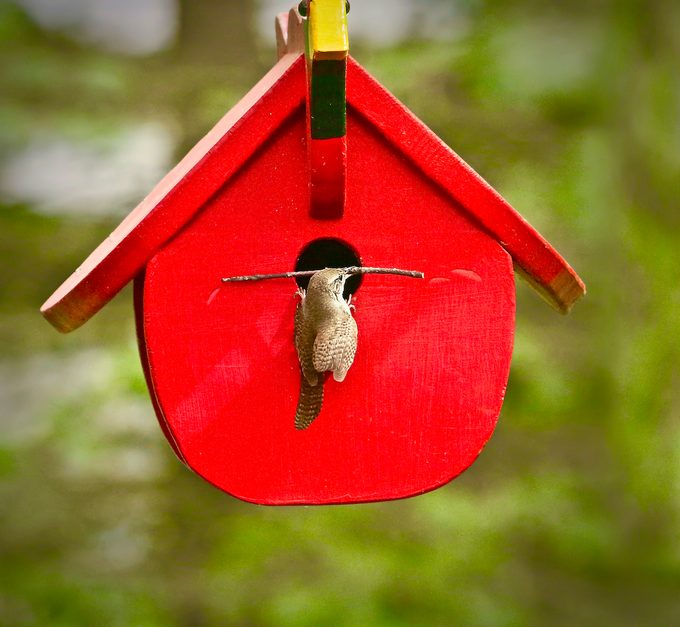
What’s true for robins is true for many species. It’s often the female that chooses her mate, and it’s up to the male to win her over. Another fascinating example of female domination is the house wren. Like robins, the male house wrens arrive early. The first chore for this busybody is to fill all the birdhouses in his new backyard territory with sticks to ward off other males. In bird language, if there are sticks in the house, the “For Rent” sign is down.
A week or two later, the female birds arrive. They are especially interested in the housing market, prompting the suitor male to take his prospective bride on a tour of the available real estate. If she likes what she sees, she will select one of the nesting sites, remove all his sticks and replace them with her own nesting materials. Then she lays eggs and raises a family of baby wrens.
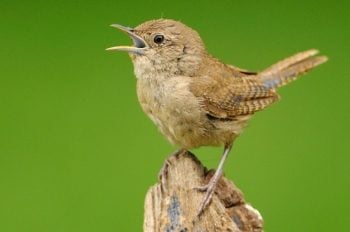
There are dozens of similar examples where female birds call the shots. The moral is that everything isn’t always what it appears to be in the bird world. Sure, the male has the looks. But at the end of the day, the female bird is the boss!








